Next step is to investigate what triggered the earthquakes, both natural and man-made.
WFAA Channel 8 reporters Byron Harris and Marjorie Owens covered the recent interim report about the research findings of Southern Methodist University’s seismology team surrounding a recent series of earthquakes in the Irving, Texas area.
The Channel 8 report, “SMU study: Quakes shallow, concentrated at fault line,” covered a briefing with the press on Friday, Feb. 6, to explain progress on the team’s earthquake research.
Initial results reveal that the earthquakes that occurred near the site of the old Texas Stadium were relatively shallow and concentrated along a narrow two mile line that indicates a fault extending from Irving into West Dallas.
SMU and the United States Geological Survey shared the report with the mayors of Dallas and Irving spelling out preliminary information gleaned after SMU’s installation in January of more than 20 portable earthquake monitors around the earthquake sites. SMU seismologists Heather DeShon and Brian Stump, in the Roy M. Huffington Department of Earth Sciences, answered questions during the briefing with reporters.
The segment aired Feb. 6, 2015.
EXCERPT:
By Byron Harris and Marjorie Owens
WFAA
Southern Methodist University has released preliminary results from a study spurred by the recent earthquakes that have rattled North Texas.The quakes, which have primarily centered near the site of the old Texas Stadium in Irving, “were relatively shallow and concentrated along a narrow two mile line that indicates a fault extending from Irving into West Dallas,” read a statement based on SMU’s findings.
According to the statement, SMU and the United States Geological Survey shared their preliminary findings with the mayors of Dallas and Irving after the university installed 20 portable monitors around the area of the quakes’ epicenters.
“They’re moving a little bit north and they form a linear trend,” said SMU Seismologist Heather DeShon.
Instead of a random pattern of quakes inferred from distant sensors, more-refined data now suggests the January quakes happened in a more focused pattern of major quakes and aftershocks, east and north of the University of Dallas. The scientists estimate the fault that caused the quakes is two miles long and from three-to-five miles deep.
“In order to have an earthquake of 3.6 (as occurred in Irving in January), there has to be a fault there,” Dr. DeShon said.
The study is in its beginning phase, but SMU seismologist said the initial findings are an important start to their investigation.
“We can begin studying how this fault moves – both the amount and direction of motion,” he said.
The seismologists said the reason why the quakes have been felt in far North Texas is because of their relatively close proximity to the surface in the granite “basement.”
Follow SMUResearch.com on twitter at @smuresearch.
SMU is a nationally ranked private university in Dallas founded 100 years ago. Today, SMU enrolls nearly 11,000 students who benefit from the academic opportunities and international reach of seven degree-granting schools. For more information see www.smu.edu.
SMU has an uplink facility located on campus for live TV, radio, or online interviews. To speak with an SMU expert or book an SMU guest in the studio, call SMU News & Communications at 214-768-7650.
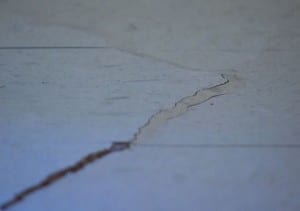


 Women who are told men desire women with larger bodies are happier with their weight
Women who are told men desire women with larger bodies are happier with their weight Fossil supervolcano in Italian Alps may answer deep mysteries around active supervolcanoes
Fossil supervolcano in Italian Alps may answer deep mysteries around active supervolcanoes Study: Contraception may change how happy women are with their husbands
Study: Contraception may change how happy women are with their husbands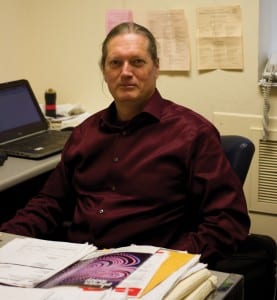
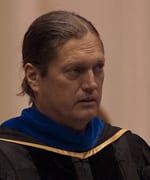
 Wall Street’s short sellers wrongly maligned — detected red flags ahead of US financial crisis
Wall Street’s short sellers wrongly maligned — detected red flags ahead of US financial crisis A director’s skills, experiences and workload drive their compensation, SMU study finds
A director’s skills, experiences and workload drive their compensation, SMU study finds Gut reaction of marital partners could foretell their marriage satisfaction
Gut reaction of marital partners could foretell their marriage satisfaction

 Fossil supervolcano discovered in Italy by SMU-led team is now key feature of new UNESCO Geopark
Fossil supervolcano discovered in Italy by SMU-led team is now key feature of new UNESCO Geopark NPR: “Boiling Hot: How Fracking’s Gusher of Geothermal Energy is Wasted”
NPR: “Boiling Hot: How Fracking’s Gusher of Geothermal Energy is Wasted” KERA, NOVA: SMU researcher Peter Weyand discusses the upper limits of human speed.
KERA, NOVA: SMU researcher Peter Weyand discusses the upper limits of human speed.  The Undying Radio: Familiarity breeds content when it comes to listeners and music
The Undying Radio: Familiarity breeds content when it comes to listeners and music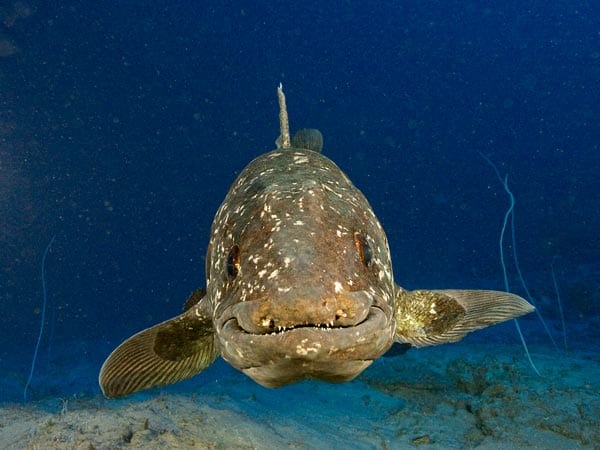
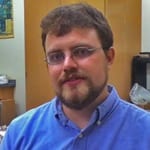
 Study: Most Texas ISDs that are teaching the Bible are skirting 2007 state law
Study: Most Texas ISDs that are teaching the Bible are skirting 2007 state law Study finds Jurassic ecosystems were similar to modern: Animals flourish among lush plants
Study finds Jurassic ecosystems were similar to modern: Animals flourish among lush plants SMU contributes fossils, expertise to new Perot Museum in ongoing scientific collaboration
SMU contributes fossils, expertise to new Perot Museum in ongoing scientific collaboration 100 million-year-old coelacanth discovered in Texas is new fish species from Cretaceous
100 million-year-old coelacanth discovered in Texas is new fish species from Cretaceous Academic achievement improved among students active in structured after-school programs
Academic achievement improved among students active in structured after-school programs Texas frontier scientists who uncovered state’s fossil history had role in epic Bone Wars
Texas frontier scientists who uncovered state’s fossil history had role in epic Bone Wars

 New study on kingship and sainthood in Islam offers a striking new historical perspective
New study on kingship and sainthood in Islam offers a striking new historical perspective